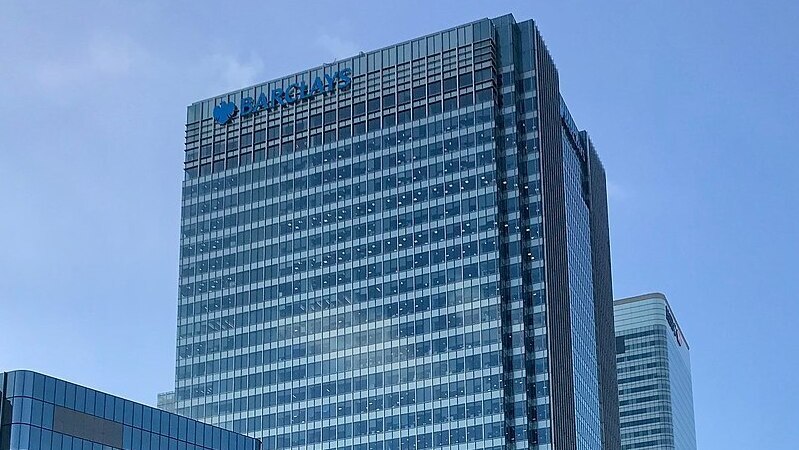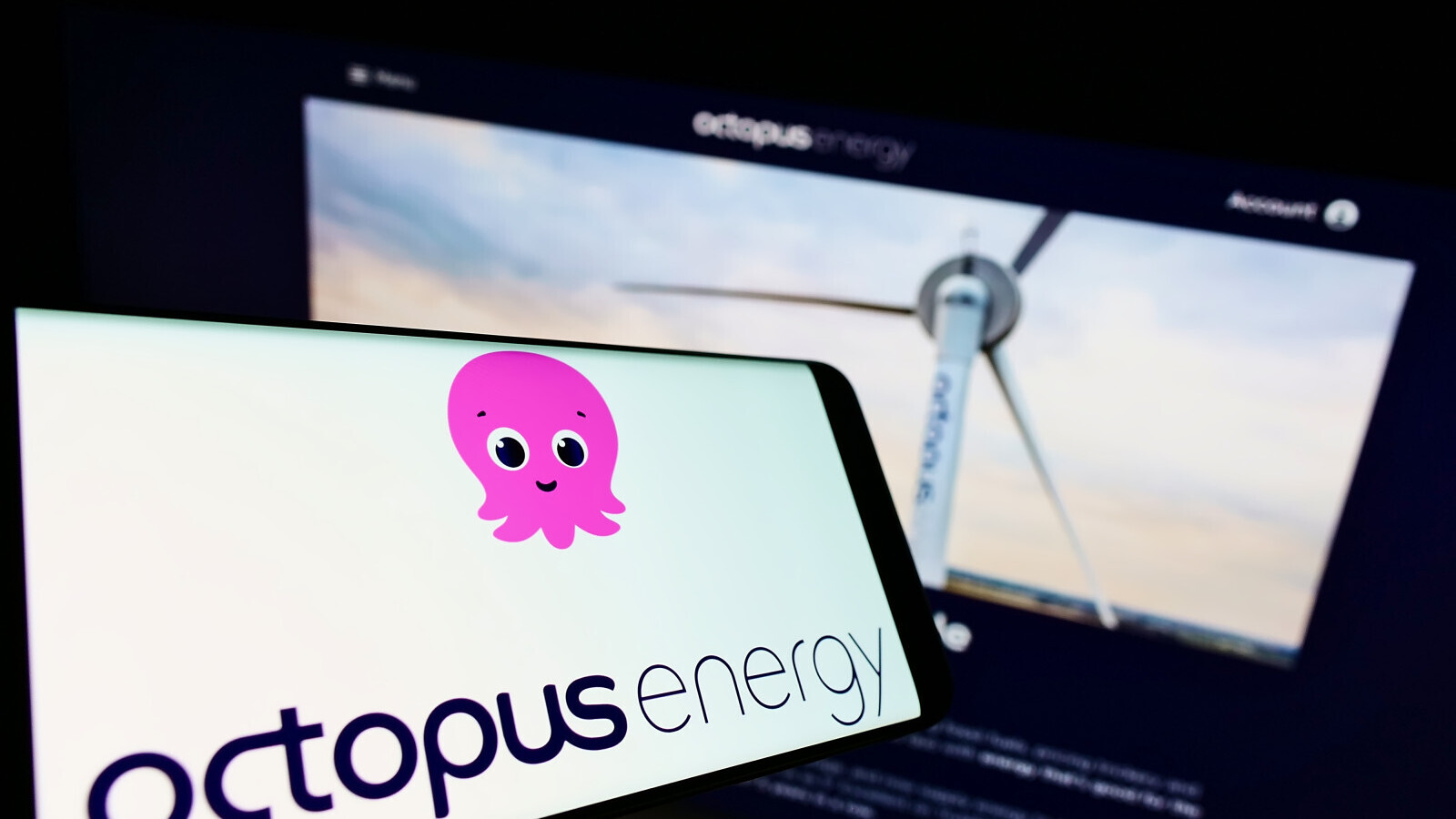
Rio Tinto takes $1.2bn net zero hit due to mounting Australian carbon costs
Metals and mining giant Rio Tinto will write off a record AUS $1.7 billion, around $1.2 billion, as Australia's strict carbon emissions reduction scheme starts to bite.
Anglo-Australian Rio Tinto reported its lowest earnings in three years as the company admitted it will most likely miss its decarbonisation targets until 2025.
The multi-billion record write-off underscores the rapidly mounting costs of Australia's green policies for large emitters.
Under the scheme, large carbon emitting firms, such as companies in metals, mining and aluminium refineries, are forced to bring down their emissions by nearly a third before 2030. Alternatively, they can acquire so-called carbon credits to offset them.
In 2021, Rio Tinto announced plans to invest around $7.5bn in emission reduction efforts with the goal to halve carbon emissions by 50% before 2030, with a 15% reduction by 2025.
However, the company admitted that, so far, it has reduced emissions by a mere 7%, primarily by installing large-scale renewable power capabilities alongside its operations.
Although buying more credits is seen as "a last resort", as Rio Tinto put it, CEO Jakob Stausholm said the company may be forced to do so as decarbonisation goals will be missed in the next two years.
The mining giant also admitted it will need to invest in clean technology as Stausholm said Australia currently does not produce enough renewable energy to refine aluminium at a large scale.
"The long-term solution would be to provide reliable power at a competitive price," he added.
BlackRock is currently the Rio Tinto's largest shareholder with 18% of shares while the Aluminum Corporation of China is the second largest player, owning 11%, and Capital Research and Management Company holds about 3.2% of the company stock.
Also read
‘The wrong signal’: investors respond to the UK’s fossil fuel push




